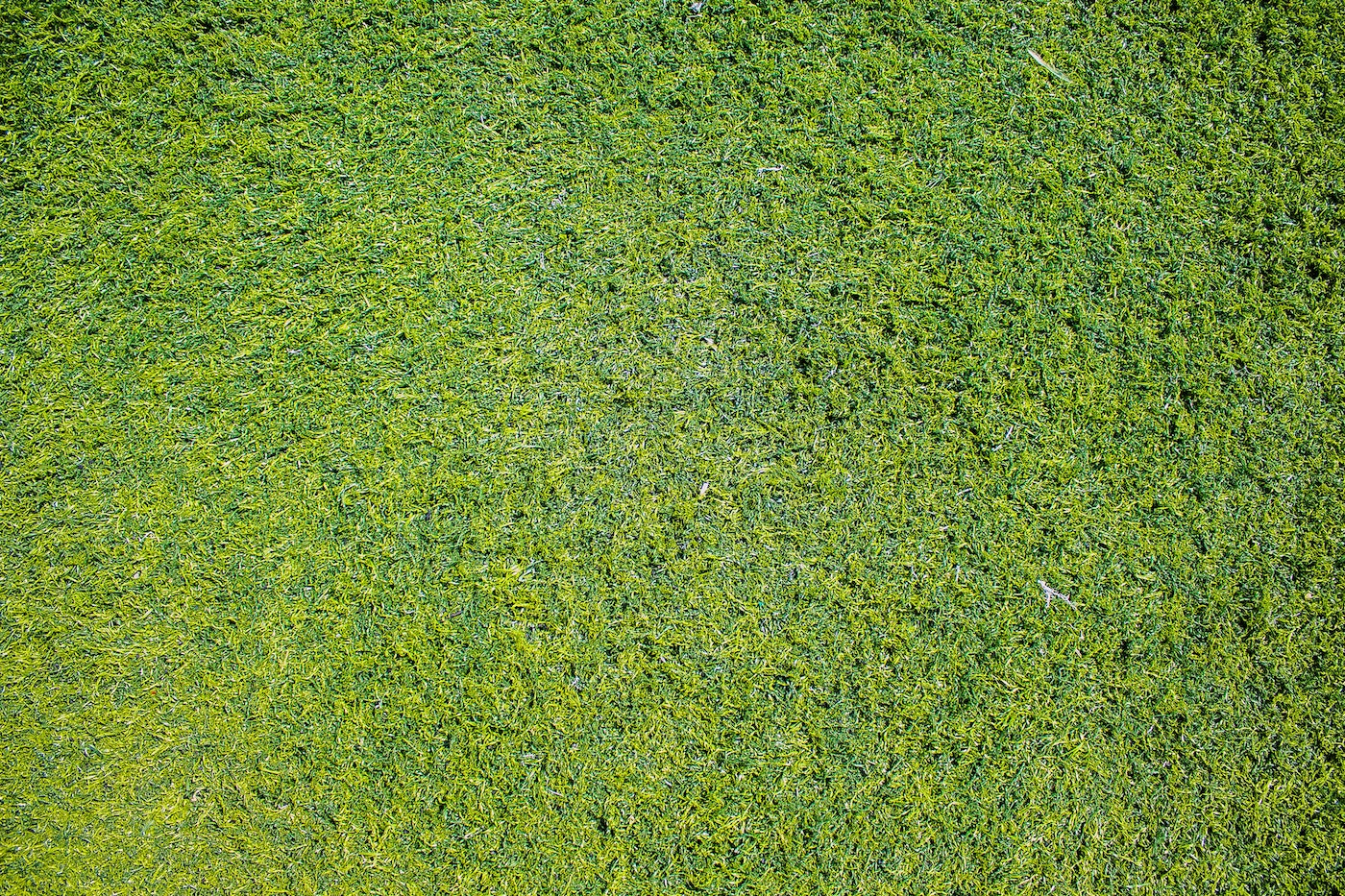You may have a lawn right away by sodding with Bitter Blue grass. To prevent cracks, sod should be spread on raw, damp soil, with the pieces laid in a staggered, brick-like arrangement. Usually, turf is covered with sod. This should be avoided as it typically results in the turf of inferior quality.
To avoid open spaces, fill any crevices between the strips with soil. This will lessen the likelihood of weed invasion. For a speedy rooting process, rolling and thorough watering will provide good contact with the soil. Until the sod is firmly anchored to the soil by its roots, newly sodded areas should be watered at least twice daily with 1/4 inch of water. After the initial time of establishment, water is required.
Features
Ideal Use: Commercial, Home
Mow Height: 3.5- 4 inches
Color: Bluegreen
Blade Width: 8-9 mm
Wear Tolerance: Good
Injury Recovery: Very Good
Drought Tolerance: Good
Mowing
Maintaining a beautiful lawn requires using proper mowing techniques. Bitter Blue should be cut at a height of three to four inches while under moderate or low levels of management. The highest wheel height option should be utilized with the majority of residential rotary mowers to maintain this height. This height will aid in the development of a deep root system and improve the appearance of the grass. The amount of growth should determine how often to mow. Any mowing should remove no more than one-third of the leaf blade’s height.
A thatch buildup might be a result of insufficient hydration and too little mowing. Watering the lawn only when there are indications of moisture stress is the key to developing a healthy batch of bitter blue. As a result, growth will be kept to a minimum and thatch buildup will be diminished.
Turf quality issues might also result from too low of a cut. The density and strength of Bitter Blue are diminished by frequent low mowing. Bitter Blue lawn weed issues are typically caused by a short height trim and insufficient watering.
On Bitter Blue St. Augustine, you can use a rotary or reel mower. To get a clean-cut, it’s crucial to keep the blade sharp and properly adjusted. Because a ragged cut rips the leaf blades rather than cutting them, dull blades will give the lawn a brownish hue. The blades should be sharpened once a month during the growing season.
On a lawn that is mowed at the right height and frequency, grass clippings may be left. Clippings do not contribute to the thatch layer in these circumstances. If there are too many or they start to clump together, remove the clippings.
Watering
An established grass should only be watered when it is necessary. As the moisture in the soil starts to disappear, grass blades will start to wilt, fold, and turn greyish green. They also won’t be able to recover from traffic or foot traffic. It is time to irrigate with 3/4 inch of water after 30 to 50 per cent of the lawn displays signs of slight wilting. In most cases, turf recovers in 24 hours. You shouldn’t water the grass until it begins to wilt. This irrigation program is effective regardless of the soil type or environmental factors.
A lawn that requires less mowing and has low thatch buildup will be easier to maintain with proper watering techniques. In addition, proper irrigation fosters the growth of deep roots in plants, making them more resistant to pest damage and environmental challenges. Overwatering and excessive nitrogen fertilization may be to blame if the illness’s brown patch or grey leaf spot is a persistent issue. In moist soil, some weeds flourish, including nutsedge and pennywort. To lessen the severity of the disease and weed, strictly control these management techniques.

